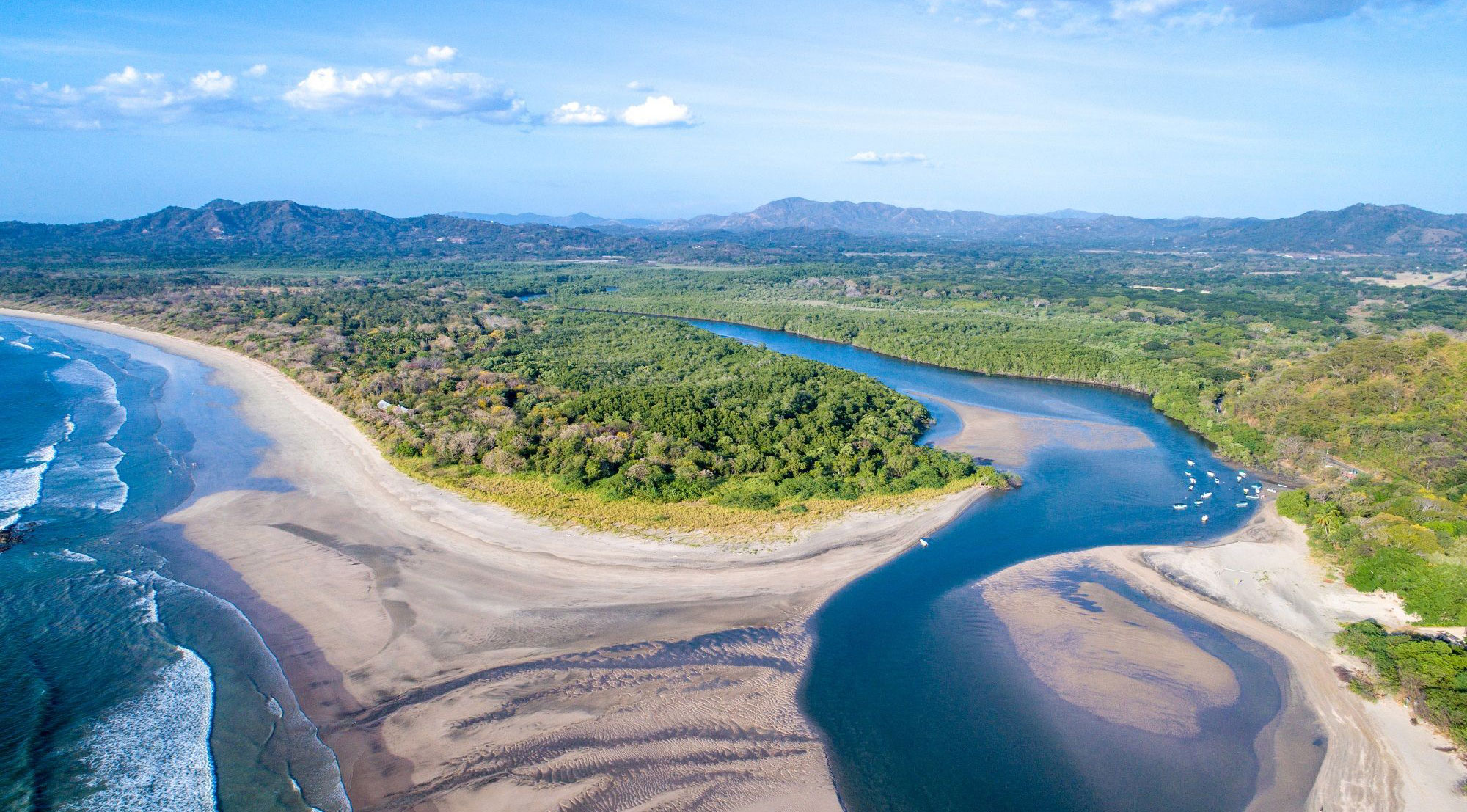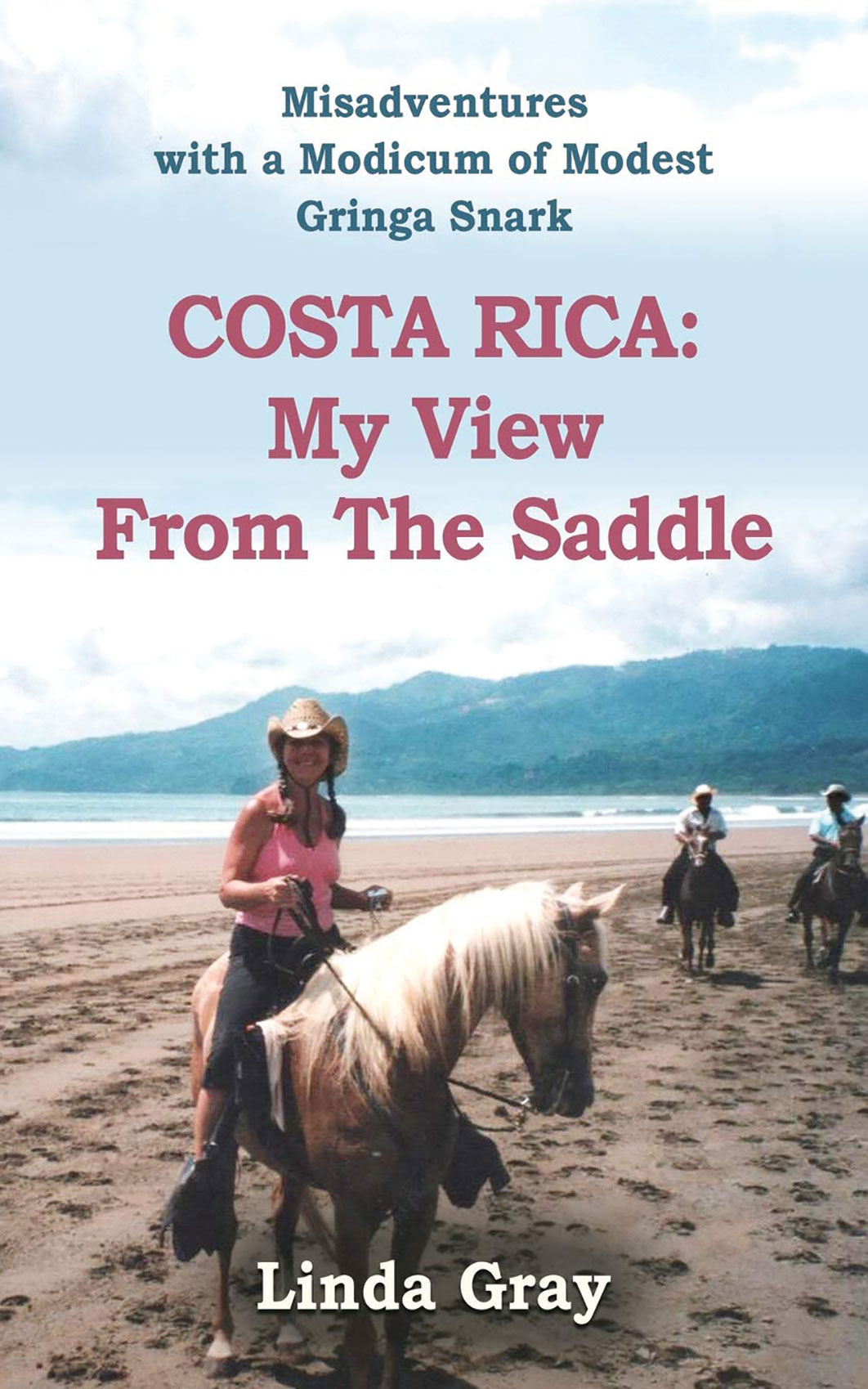Where the River Meets the Sea
By Jim Parisi Costa Rica is blessed with a sturdy backbone, the Cordillera Central Mountain Range that runs north and south through the center of the country. Being close to the equator, Costa Rica receives a lot of rainfall. This “backbone” helps distribute this vast amount of fresh water to
Read More

